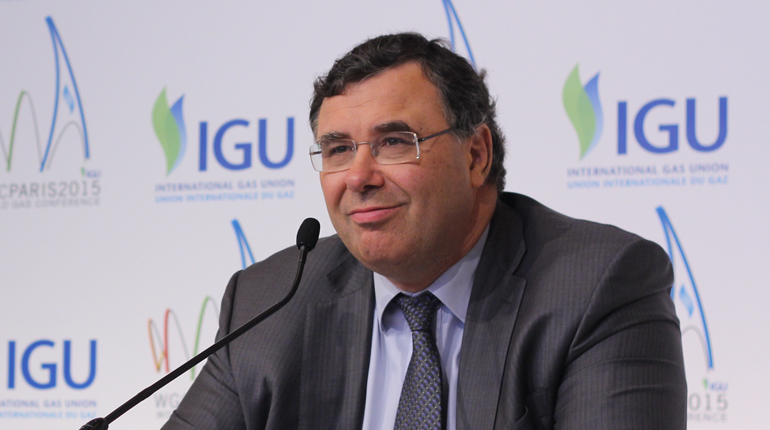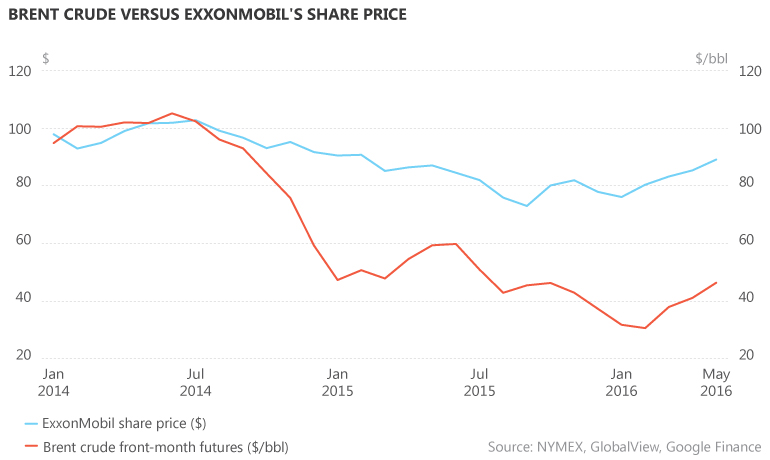 Drilling for oil in Neuquén. The province classifies underground water as drinking water. (PA)
Drilling for oil in Neuquén. The province classifies underground water as drinking water. (PA)
Shell is struggling to source water and proppant supplies needed for fracking in Argentina’s Vaca Muerta formation, increasing the time and cost of drilling the highly prospective shale play.
Leonardo Gallo, an unconventionals manager at Shell, told the Argentina Shale Gas and Oil Summit in Buenos Aires earlier this month that it costs the company 58% more to drill a well in Argentina than it does in the United States.
“It’s a huge challenge to achieve cost reductions,” said Gallo. He added that 80% of Shell’s costs for unconventional drilling in Vaca Muerta related to waste disposal and the sourcing of water and proppants.
Shell has drilled 15 wells in Vaca Muerta to date, but it can only frack three stages per day because of water supply bottlenecks, said Gallo. Up to 10 stages would be possible if the issues were resolved, he claimed. Shell’s Vaca Muerta wells have approximately five fracturing stages each.
Water is crucial to shale gas drilling as it makes up around 90% of fracking fluid, according to the American Petroleum Institute. The fluid contains smaller proportions of sand (9.5%) and chemical additives (0.5%).
Neuquén province, which is home to most of Vaca Muerta, classifies underground water as drinking water. This outlaws its use in fracking, said Gallo, referring to Article 143 of Neuquén’s water regulations. Shell has been trucking water from the nearby Colorado and Neuquén rivers for fracking.
“There is a lack of infrastructure, such as roads and trucks, so we are limited in terms of water supply, and continuous replacement is the bottleneck,” he added.
Large hoses pumping water directly from the river could replace the truck-supplied water, said Gallo. “We need to set up tanks 8-10 km from our wells and reservoirs.”
He cited the Loma Campana concession, where state-run YPF has built large tanks for water storage. YPF is exploring the block with US supermajor Chevron.
Shell’s Vaca Muerta wells consume around 1,500 cubic metres of water per fracking stage. Approximately 1,200 cubic metres are required for the fracking itself, while around 300 cubic metres are lost during the process.
“Fracturing time would be reduced [with fixed facilities], which will reduce costs,” said Gallo.
The company encounters a similar problem when disposing of dirty flowback water, which contains the fracking fluid and so-called formation water. “We can’t store it in open air, so it has to be treated. Since we don’t have continuous operations […] there is no chain whereby the water can be reused,” Gallo noted.
Unconventional exploration of Vaca Muerta will require 1 million new truck journeys in 2016 alone, according to EY, of which around 40% would be long-distance. The formation could potentially produce 100,000 truckloads of wastewater by 2027.
Proppant problems
Shell also suffers from proppant bottlenecks. The company has recently switched to using sand for fracking rather than manmade ceramics. However, it trucks the sand nearly 1,500 km from a mine in the northern province of Entre Rios.
“This is an additional cost if we don’t find a sand mine around Neuquén. We don’t have any alternative sources today,” Gallo added.
Each fracking stage requires up to 18 large bags of sand, equal to seven truckloads. “If we want 8-10 fracking stages per day, we have a serious problem. We have to think about doing things differently, possibly using trains,” said Gallo.
There are only two main highways – National Routes 5 and 152 – between Buenos Aires and the capital of Neuquén province, which is also called Neuquén.
The province is served by the Ferrosur Roca railway network, a private company that has a freight service concession across 3,000 km of track running through the provinces of Neuquén, Río Negro, La Pampa and Buenos Aires. The network passes through the port of Bahía Blanca, an industrial hub in the far south of Buenos Aires province.
Ferrosur trains could bring proppant into Neuquén and ferry crude oil to refineries in Bahía Blanca. But the network’s capacity is limited, with the trains already transporting salt, cement, cereals, coal and petroleum. Journey times from Neuquén to Buenos Aires are also long, taking up to four days.
Gallo called for greater sharing of technical information between Vaca Muerta drillers. However, another speaker at the conference told delegates cooperation was limited in the formation.
“YPF was invited to be part of [an]information-sharing group in Vaca Muerta because they have drilled 85% of wells in the Neuquén Basin,” said Francisco Grosse, an unconventionals manager at Tecpetrol. “The invitation is open, but they haven’t answered.”








Talk to us
Natural Gas Daily welcomes your comments. Email us at [email protected].